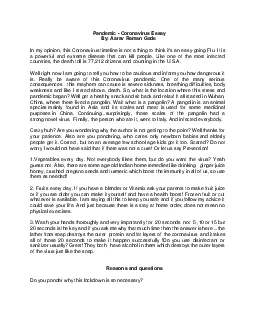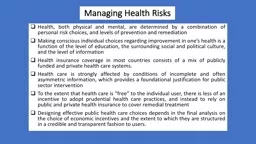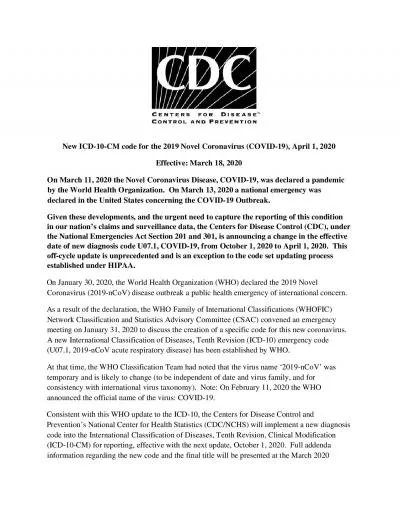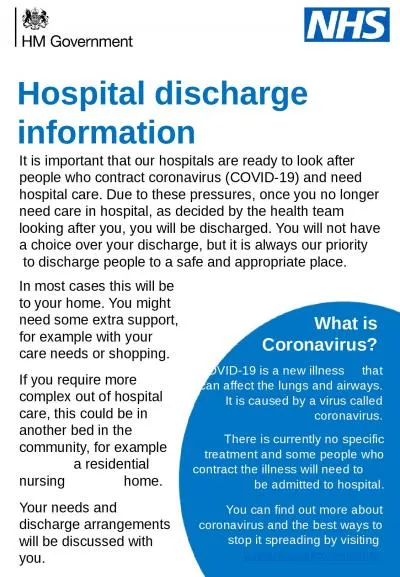PDF-Center for American ProgressThe Coronavirus Will Make Child Care Deser
Author : patricia | Published Date : 2022-09-09
Olugbenga Ajilore 147Rural America Is Starting To Feel the Impact of the Coronavirus148 Washington Center for American Progress 2020 available at httpswwwamericanprogressorgissuesec
Presentation Embed Code
Download Presentation
Download Presentation The PPT/PDF document "Center for American ProgressThe Coronavi..." is the property of its rightful owner. Permission is granted to download and print the materials on this website for personal, non-commercial use only, and to display it on your personal computer provided you do not modify the materials and that you retain all copyright notices contained in the materials. By downloading content from our website, you accept the terms of this agreement.
Center for American ProgressThe Coronavirus Will Make Child Care Deser: Transcript
Download Rules Of Document
"Center for American ProgressThe Coronavirus Will Make Child Care Deser"The content belongs to its owner. You may download and print it for personal use, without modification, and keep all copyright notices. By downloading, you agree to these terms.
Related Documents














